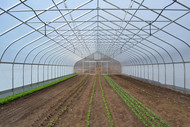Greenhouses and high tunnels require some routine care to remain in peak operating condition. Preventative maintenance is the best way to keep your greenhouse or high tunnel growing productively for decades to come. With proper planning and a proactive approach to greenhouse care and maintenance, you can avoid costly unexpected repair jobs and extend the life of your greenhouse.
Here is a checklist of essential greenhouse maintenance tasks that should be completed regularly – at least once per year:
Cleaning and Sanitation
Keeping your greenhouse or high tunnel clean is essential for maintaining light transmission, preventing pests and diseases, and reducing wear and tear on parts. Cleaning and organizing your greenhouse can also make your crew more efficient and ensure safe working conditions.
- Clean the exterior of your greenhouse to remove dust, dirt and algae that can limit light transmission. Use warm water and a gentle soap to remove buildup.
- Thoroughly clean the inside of your greenhouse at the end of each growing season. Remove debris and organic matter. Sweep, wash, sanitize, and rinse all surfaces. Pressure wash benches, floors, and walkways to remove dirt, algae, and build up.
- Clean and disinfect planting trays, pots and tools – especially if you have issues with pests or disease.
UMass Extension has some great tips on cleaning and disinfecting your greenhouse, including the best disinfectant solutions to use.
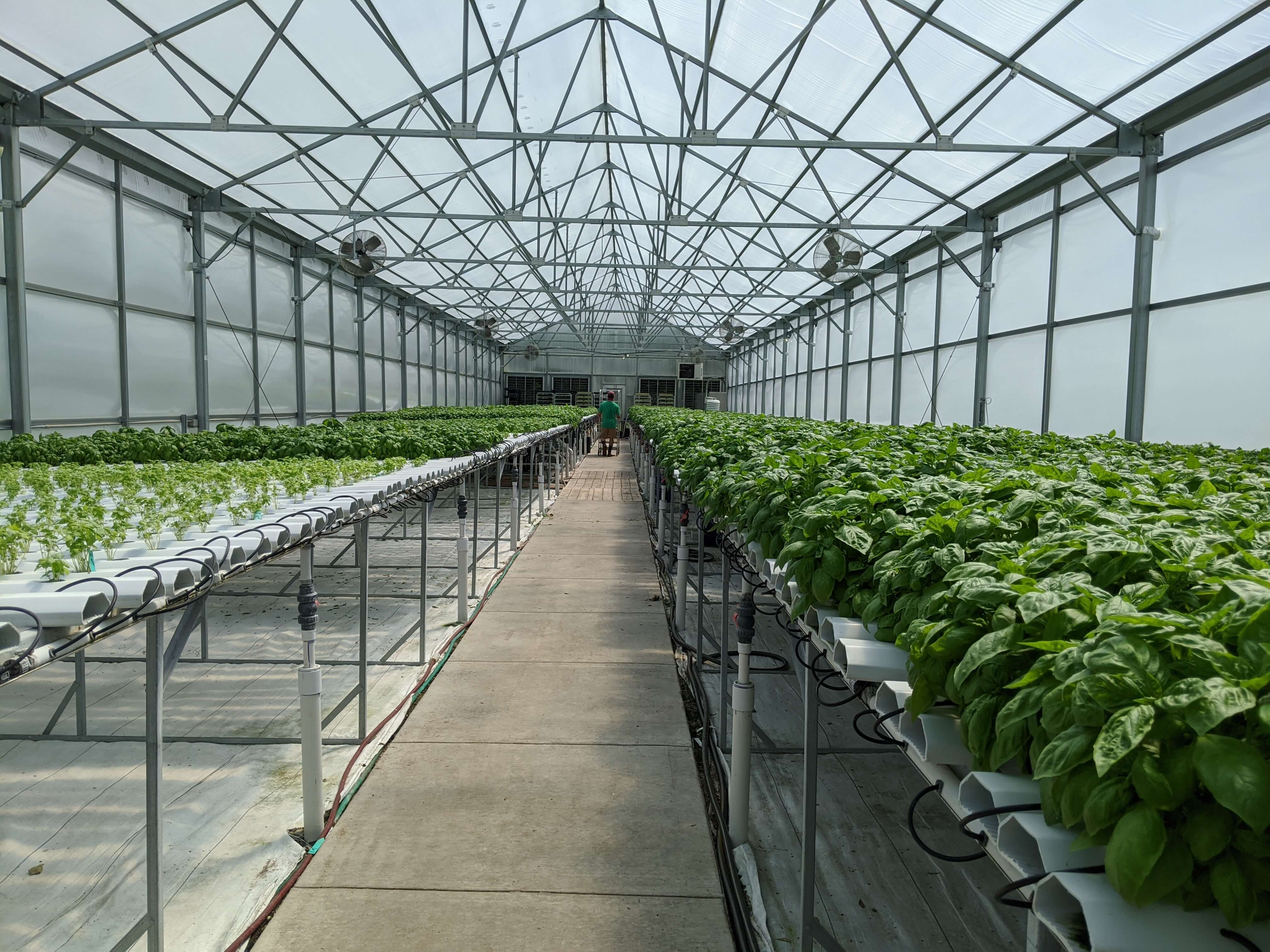
Structure
At least once a year, thoroughly inspect your greenhouse structure.
- Check for wear or corrosion on the greenhouse frame.
- Inspect joints to ensure all bracing is in place and tight. Tighten any bolts and screws that may have come loose due to small movements in the wind.
- If you have wood baseboards or hip boards, check for rot or mold. Consider replacing any wooden components with longer lasting alternatives, such as Rimol’s polycarbonate and aluminum baseboard system.
- If you have gutters, clean out leaves and debris in the gutter and downpipe.
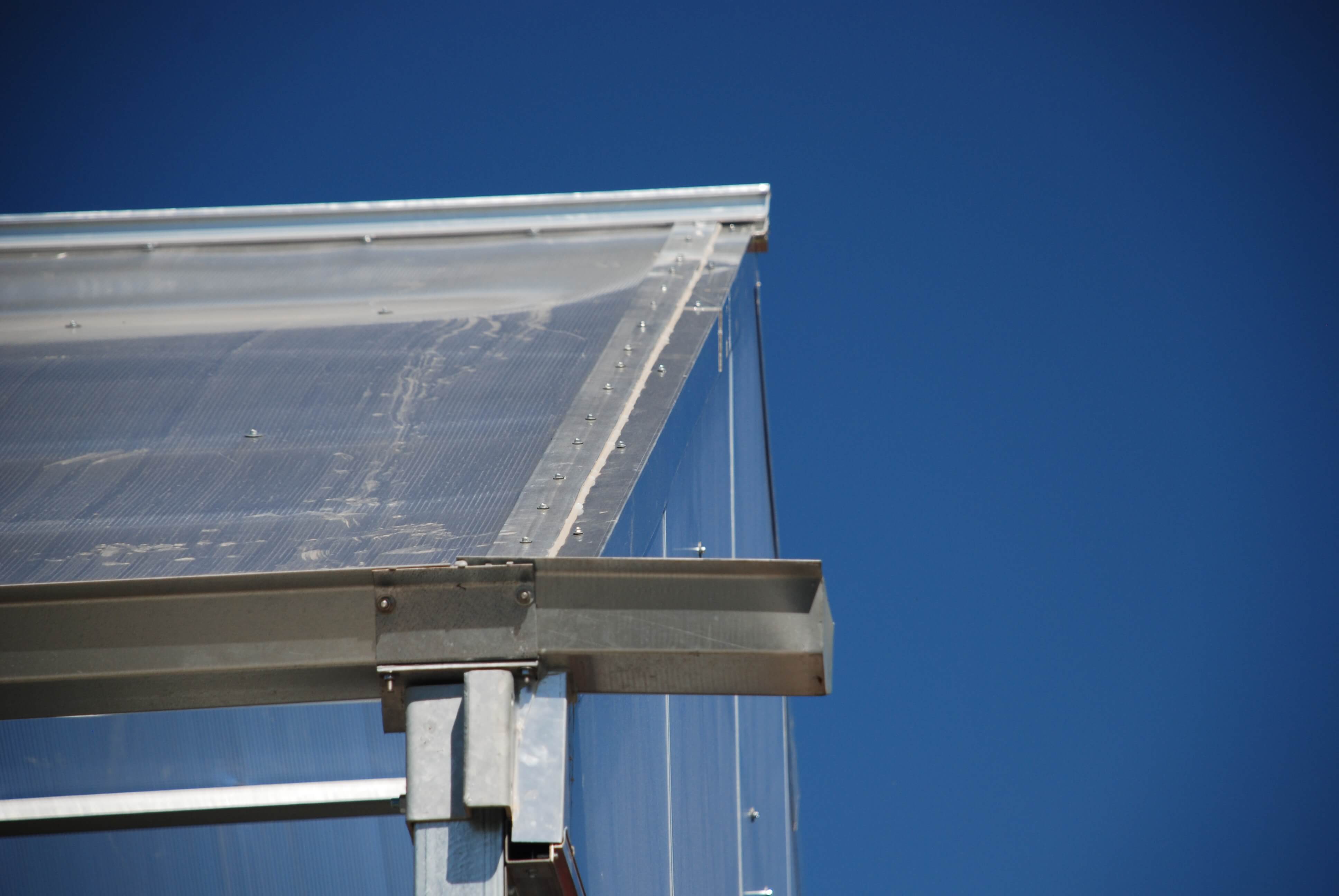
Covering
While the frame of a greenhouse can last for decades, coverings may require replacement. The lifespan of your covering depends on the material used.
- Poly: Generally, greenhouse plastic should be replaced every 4-5 years. Look for any discoloration, which is a surefire sign that it's time for recovering. However, even if there are no physical signs of wear, the light transmission of poly degrades after 5 years, so it is important to replace it on schedule. Each season, check your poly for tears, which can be fixed with a piece of extra poly and greenhouse repair tape. Check for proper inflation pressure and make sure your inflation blower is working.
- Polycarbonate: Polycarbonate panels can last for 10-20 years in between replacement cycles. Look for discoloration or warping, and ensure panels are well-cleaned to maintain light transmission.
- Glass: Glass will not degrade over time but can be susceptible to physical damage. Check closely for cracks and replace any damaged panels.
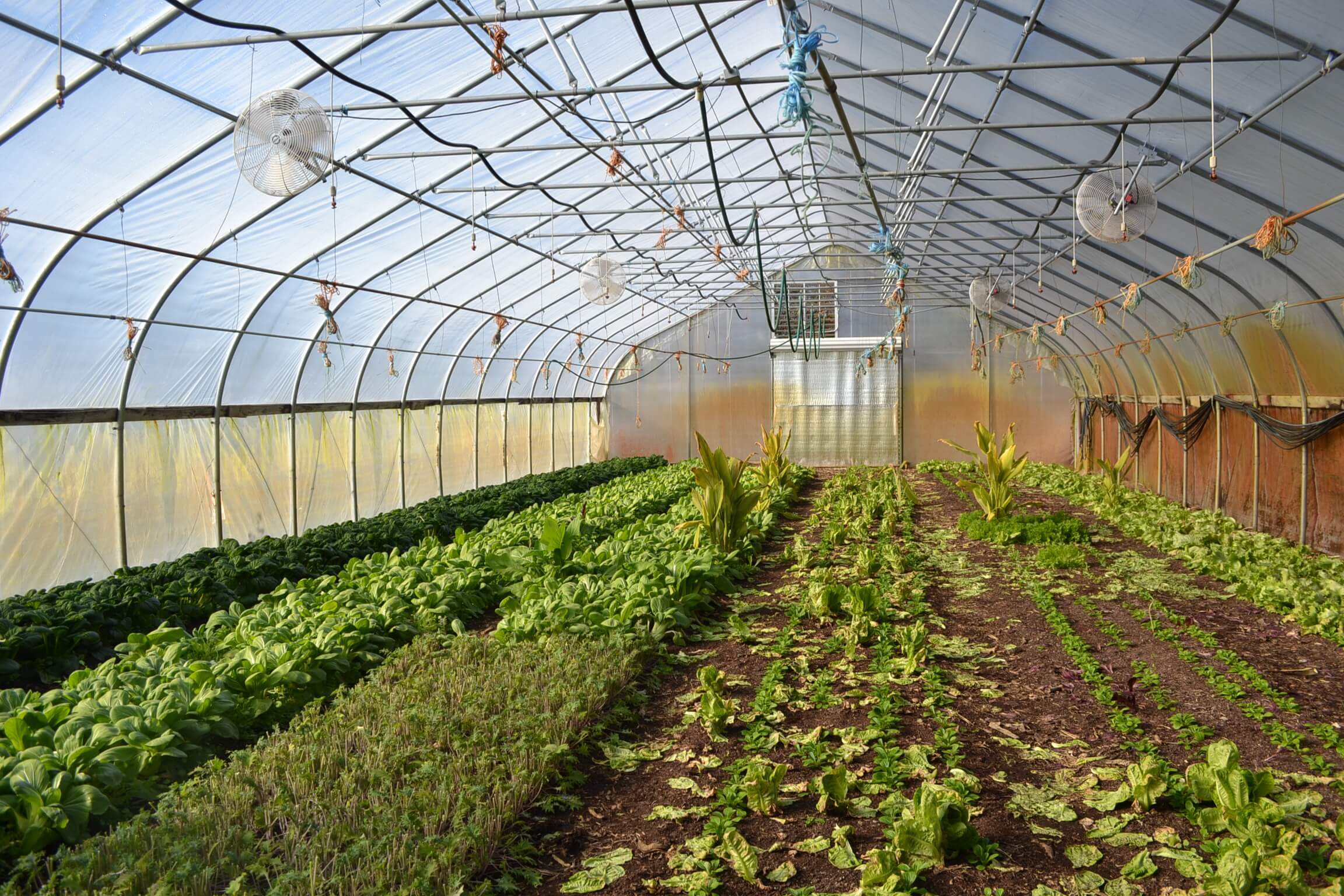
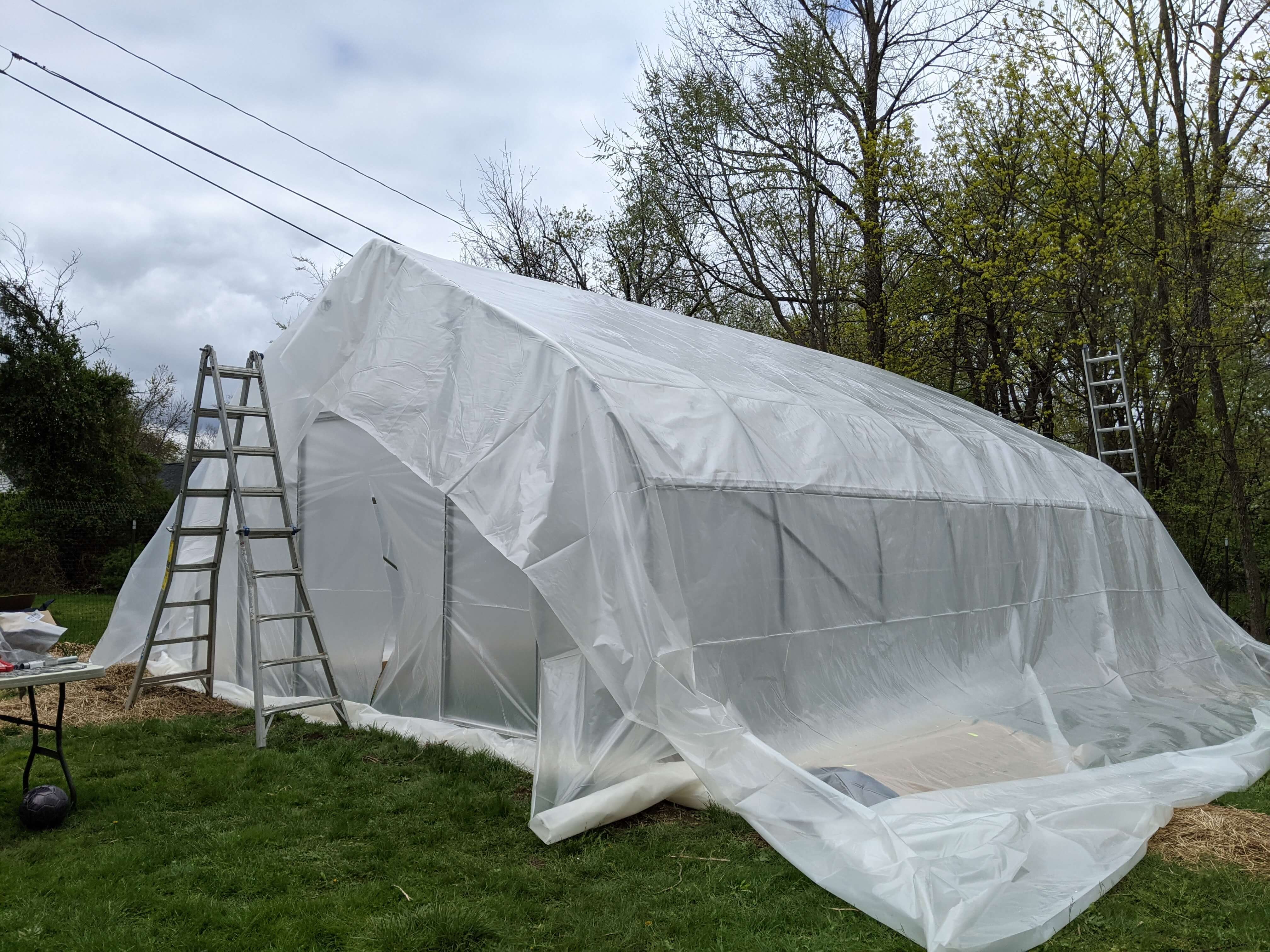
Vents, Fans & Shutters
Ventilation and cooling systems can quickly lose efficiency without regular maintenance – whether you are using natural or mechanical ventilation.
- Inspect, lubricate, and calibrate all motors and moving parts. A tub and brush works well to lubricate vent racks, pinions, and bearings. For more delicate mechanisms like drive units, use a spray lubricant that can target narrow spaces and small parts.
- Test vents to ensure they are shutting fully and tightly when closed.
- Clean dust and dirt from fan blades and housing. Check fan belts for proper tension and inspect for wear.
- Clean shutters and check for obstructions. Make sure shutters close tightly, and lubricate shutter hinges for smooth operation.
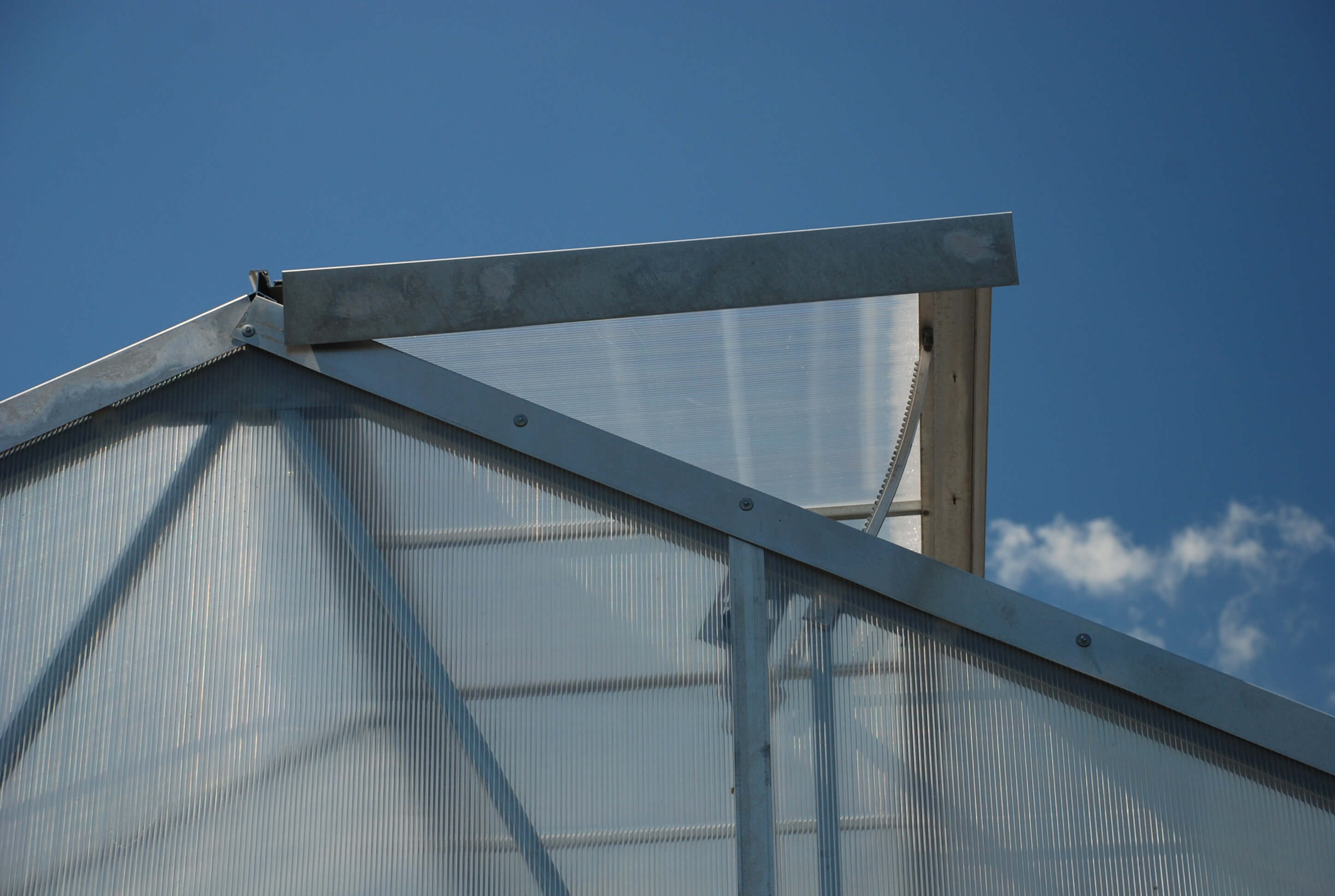
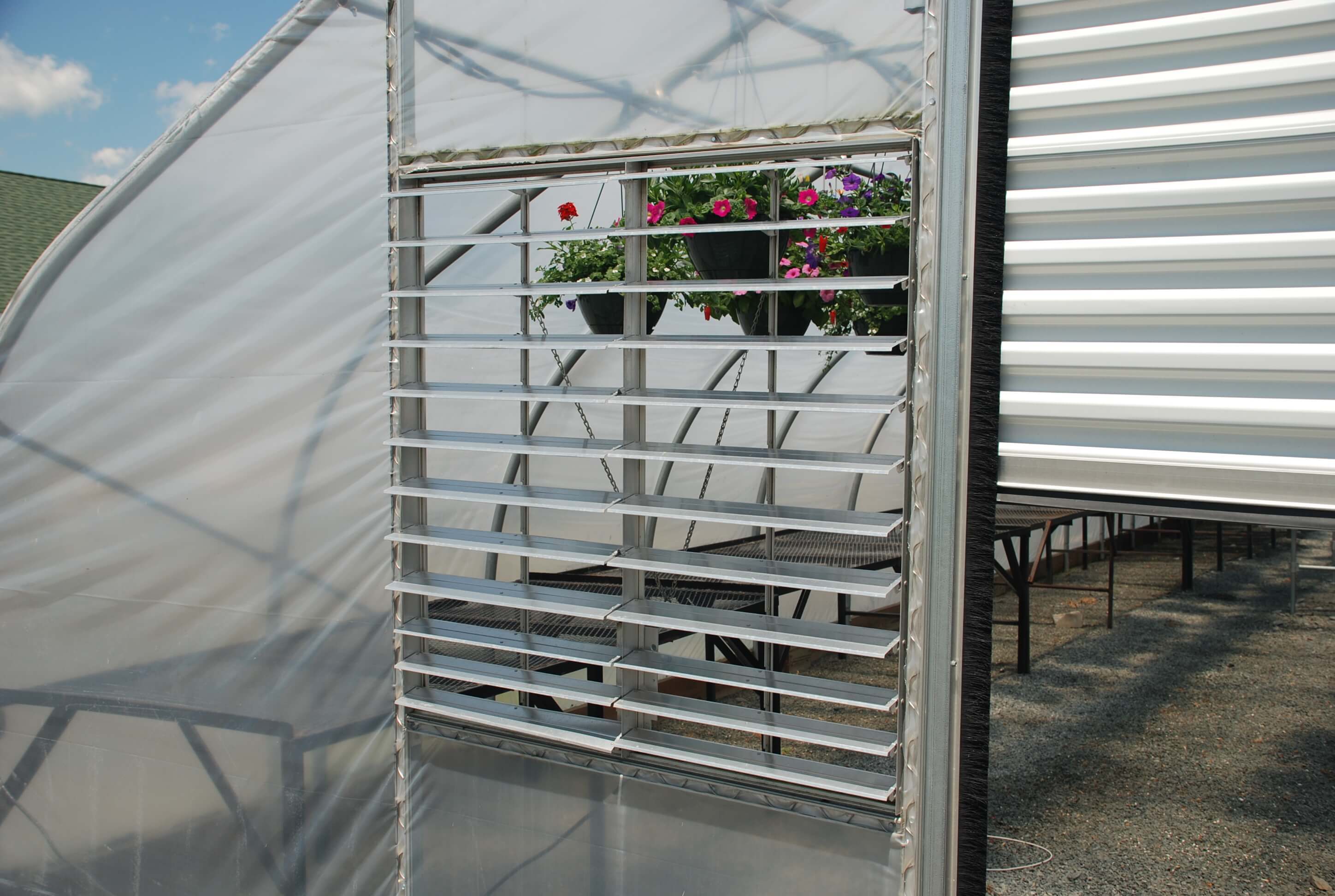
Heating Systems
Greenhouse heating equipment may require regular service to operate at peak capacity. Check with your heater manufacturer for a recommended maintenance schedule.
- On gas heaters, inspect and clean the burner and heat exchanger. Inspect the heater motor, and oil it if needed. Make sure power connections to the motor are secure.
- Check all venting for blockages and ensure tight connections.
- Check the fuel supply line for leaks.
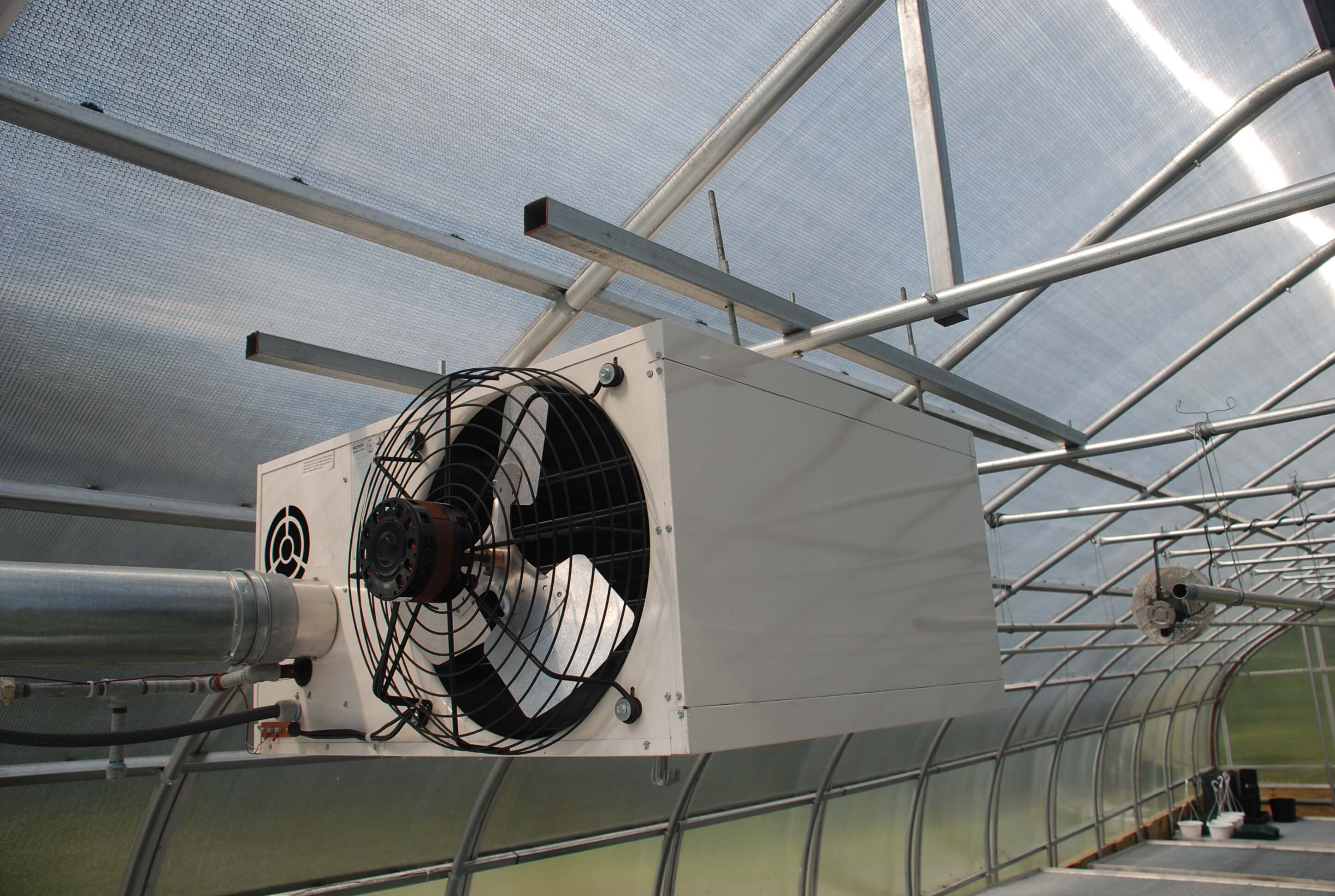
Late fall and early spring can be a good time to conduct greenhouse maintenance. Don’t wait until the last minute – give yourself ample time before the growing season starts to order and install replacement parts if needed.
If you have a larger greenhouse maintenance project in mind and would like to speak to an expert, get in touch with Rimol Greenhouses today. Our knowledgeable team of sales reps can ensure you have the right equipment and hardware required for the job.

